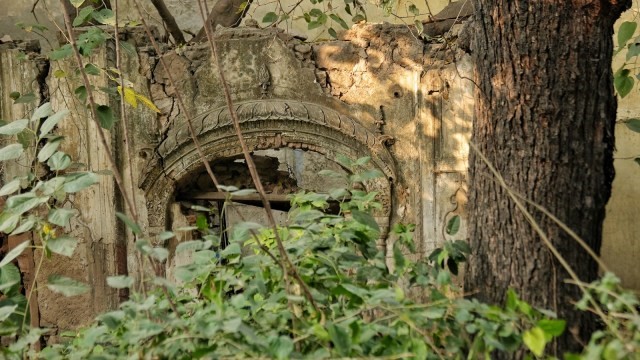Free Courses Sale ends Soon, Get It Now


Free Courses Sale ends Soon, Get It Now



Disclaimer: Copyright infringement not intended.
Context
From a Mughal-sponsored structure to a concrete building, the Yogmaya Temple in Mehrauli is a historically important monument believed to be standing at the site of an ancient temple that is said to have come up during the period of the Mahabharata but of which no trace exists anymore.
Details
Historical Significance
Architectural Description
Folklore and Cultural Events
Historical References and Affiliations
Continuing Tradition and Care
Conclusion
The Yogmaya Temple in Mehrauli stands not only as a place of worship but also as a testament to Delhi's syncretic heritage, reflecting architectural, religious, and cultural influences from different periods in history. Despite undergoing various reconstructions and facing periods of destruction, its resilience and continued significance in contemporary religious practices highlight its enduring legacy.
|
PRACTICE QUESTION Q. Which historical figure is associated with the restoration of the Yogmaya Temple after its destruction by Islamic rulers? A) Akbar II B) Samrat Vikramaditya Hemu C) Qutbuddin Bakhtiar Kaki D) Mirza Jehangir Correct Answer: B) |
© 2024 iasgyan. All right reserved